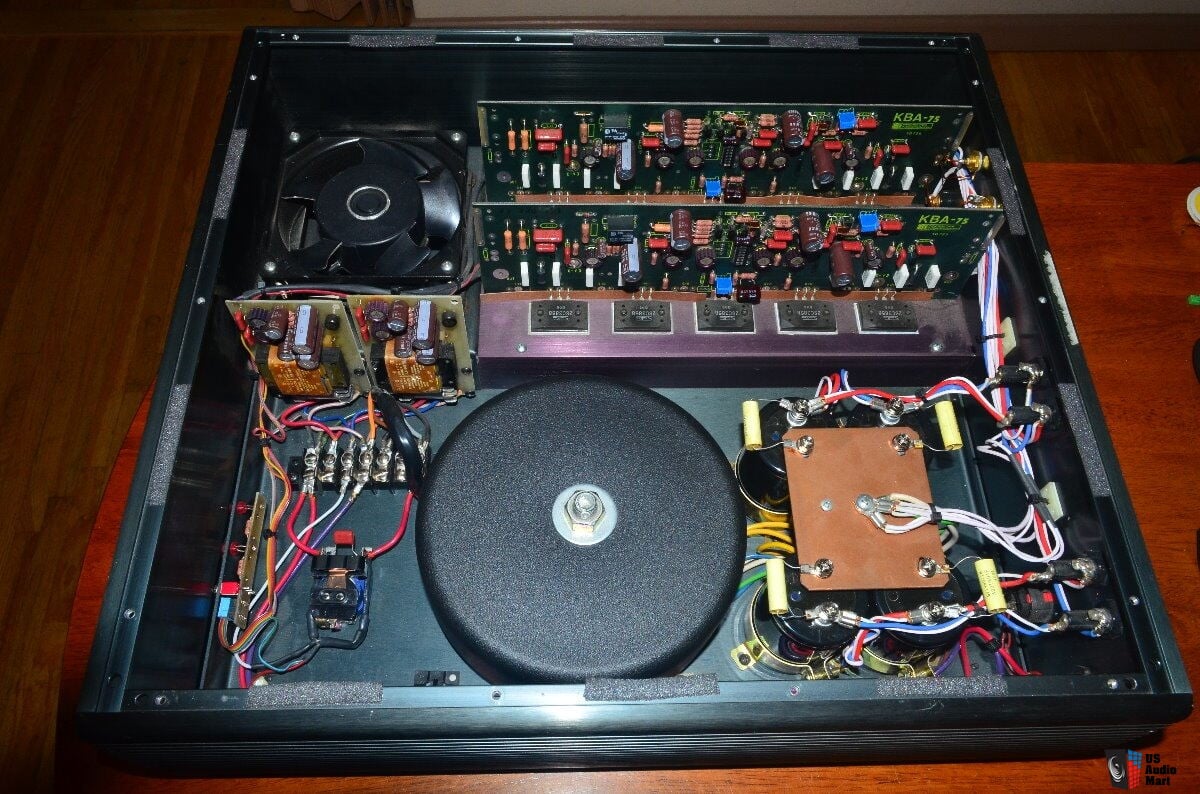It is perhaps useful to list the facts that we have discovered:
1 modern instrumentation like Amir's Audio Precision has a far higher resolution than human hearing. Hence many measured differences will be inaudible. Therefore, the idea that there are audible things that cannot be measured is nonsense. It is precisely the other way around.
2 to be meaningful listening tests have to be level matched, near instantaneous and double blind. Sighted tests of the kind you do in a dealer's showroom are demonstrably misleading.
3 analogue sources are sonically inferior to digital ones at cd resolution. A 35 euro Google Chromecast Audio streaming Spotify will beat any expensive turntable quite easily.
4 properly designed electronics such as DACs and power amplifiers do not have a sonic signature and are completely transparent. Hence they all sound the same if used within their design parameters. If you think they sound different, see point 2). The proviso about use within their design parameters means proper gain matching on analogue inputs, enough power (preferably a lot, and about 2x100 watt at a minimum), and a low output impedance. The good news is that such perfection can be cheap. Sonically transparent integrated 2x100 watt amps like the Yamaha AS501/701 can be had for a few hundred euros, and in a small to medium sized room you usually do not need more power. Even a high powered and perfectly measuring combination like the RME ADI-2 and the 2x350 watt March Audio P502 can be had for less than 2000 euro.
5 speakers are by no means transparent. They are devices on the interface of the mechanical and electrical and cannot be perfect, even though modern ones are a lot better than older designs. Even the best are a weak link in your system, and therefore deserve a large proportion of the budget. Sadly, good ones are expensive. As you will have noticed, there are some dedicated supporters of active speakers on this forum, and it is certainly true that the technology has a bright future. However, for now, my own two favourites happen to be passive designs: the Quad electrostatics and the Harbeth dynamic speakers. Since speakers are so imperfect, you will have to decide for yourself by listening which combination of imperfections bothers you least.
6 the listening room has a major degrading influence on sound quality. Above the so called Schroeder frequency (some 100-300 Hz, depending on room size) reflections degrade the sound, often making it harsher. The solution is to have soft furnishings, carpets, bookcases etc. Below the Schroeder frequency, this will not help, and you will often need to resort to dsp room equalization if you want to have tight bass. In a really small room you will want to avoid deep bass altogether.
So, all in all speakers and the room's acoustics are the most important issues. The good news is that as long as you avoid costly audiophile electronics or expensive fashion objects like turntables, you can have excellent sound for your budget.


